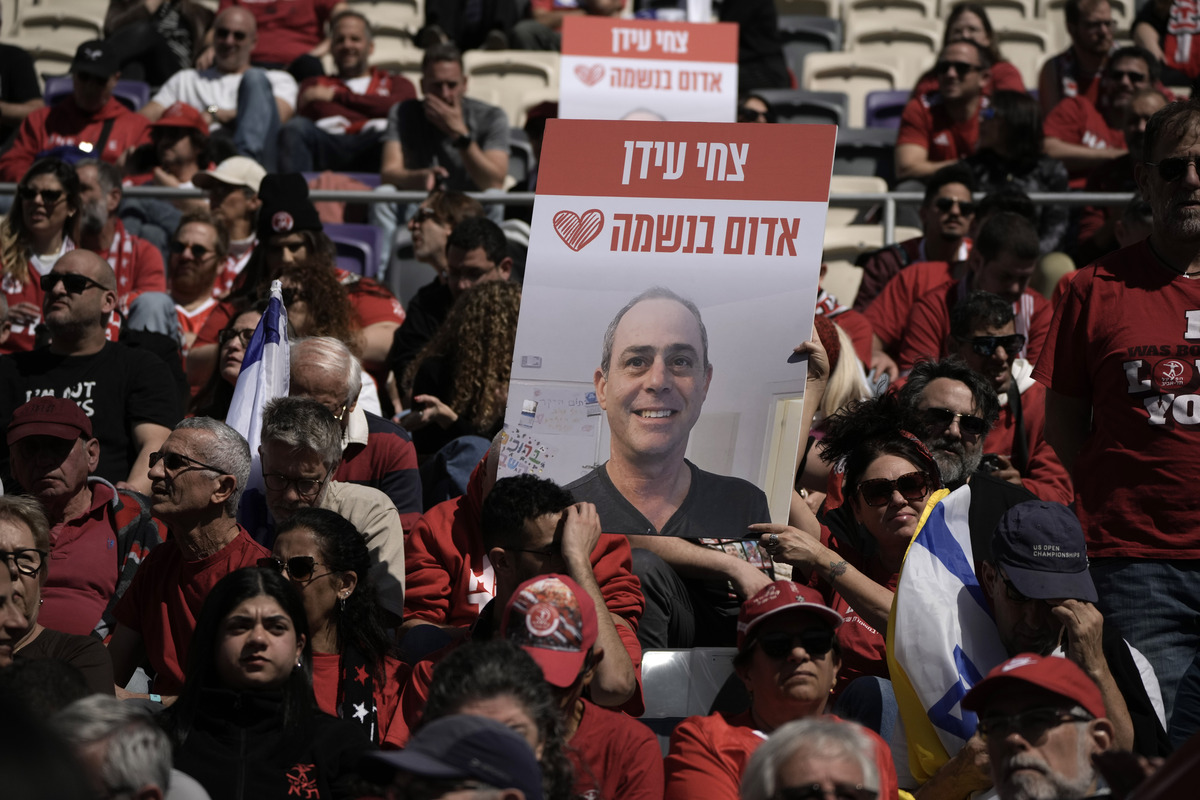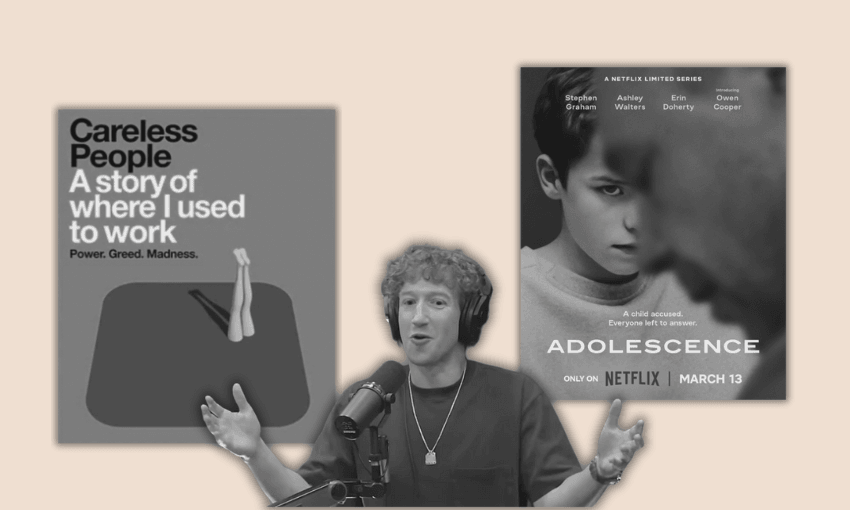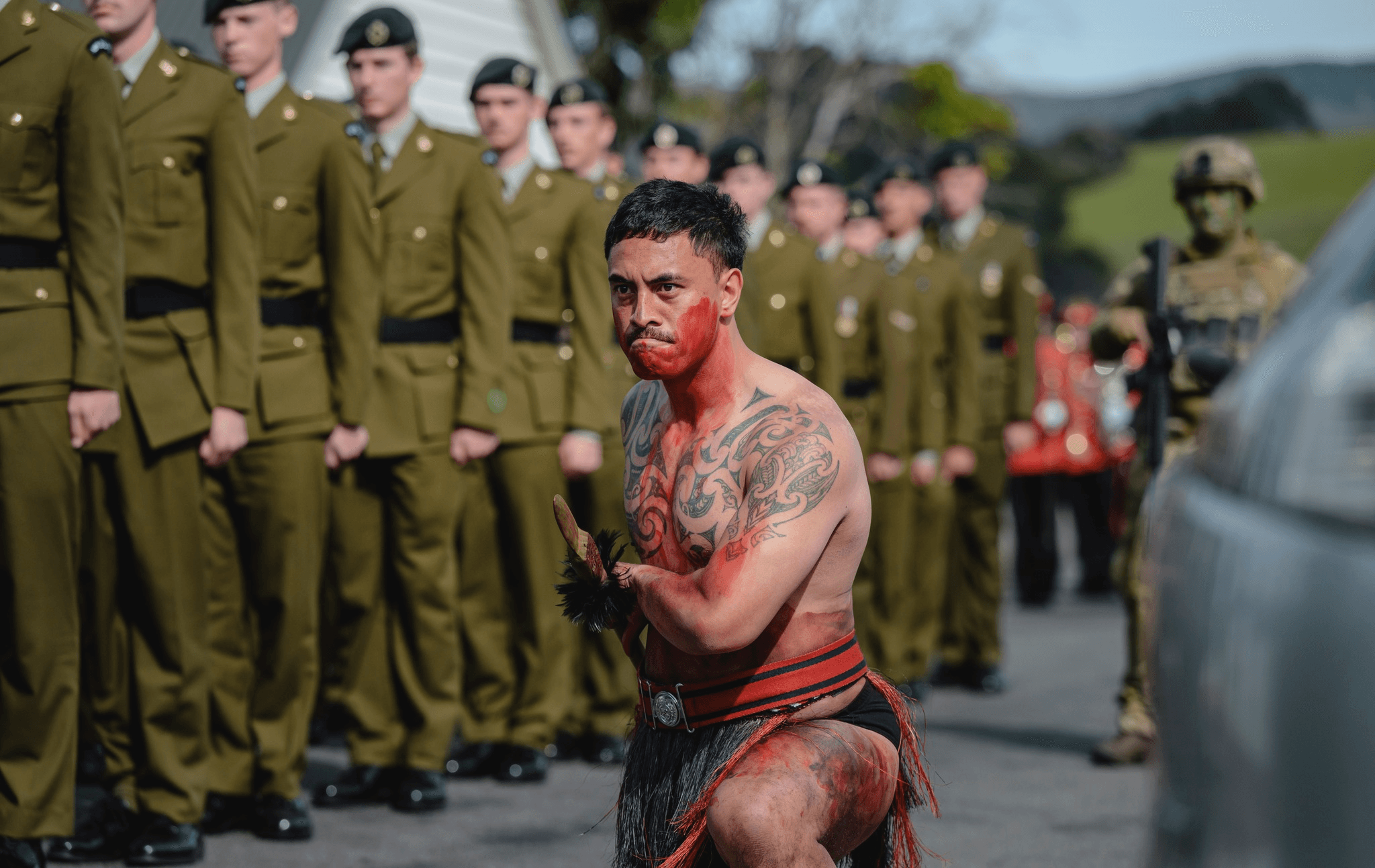An 11-year-old girl who was mistaken
for an adult, handcuffed and admitted to a mental health
facility was given at least two doses of anti-psychotic
medication, Mental Health Minister Matt Doocey
says.
Investigations are under way by both Health New
Zealand and police after the incident in Hamilton earlier
this month.
The girl, who is reportedly autistic and
non-verbal, was mistaken for a 20-year-old mental health
patient by police after she was seen climbing a
bridge.
Doocey told Morning Report the
situation is hugely distressing.
“The 11-year-old was
taken into Waikato Hospital and administered antipsychotic
drugs twice throughout the day,” Doocey said.
Asked
how this could happen, the minister says the issue sits with
the misidentification of this child.
The 20-year-old
who she was mistaken for was under compulsory care in the
community which is why the antipsychotic drugs were able to
be administered, Doocey said.
How the
misidentification process failed was needing to be
investigated, he said.
“I still don’t understand how
an 11-year-old can be confused for a lady in her
20s.”
Both Health New Zealand and Waikato police have
launched internal reviews.
Advertisement – scroll to continue reading
Doocey first became aware
of the incident on Friday, he said from the information he
received the incident had gone to a review committee but “it
doesn’t look like that review had started”.
“It looks
like the incident review wasn’t done almost two weeks after
the event.”
Doocey said not only will people need to
be held accountable but the system needs to be.
Asked
on Tuesday whether heads should roll, Prime Minister
Christopher Luxon said: “By all means, there
should be accountability in the system.”
Police
Minister Mark Mitchell has said officers
were “doing the best that they could”.
“The
police, unfortunately, throughout the process, have
misidentified her, but make no mistake, they were doing the
best that they could to look after her and to support
her.”
The Health and Disability Commissioner and the
Independent Police Conduct Authority have both received
complaints about the incident.
How did a child come
to be misidentified as an adult?
Superintendent Scott
Gemmell, Acting Waikato District Commander has described the
events that led to the 11-year-old being
misidentified.
Gemmell said police were called about
6.40am on Sunday 9 March to the Fairfield Bridge after a
person described as a female in her 20s was seen climbing
onto the railings.
“Fearing for her safety, police
units, including a police boat, responded immediately, and
staff attempted to speak to the female. She was unable to
give the officers any details and did not have any personal
identification on her.”
Police were concerned she was
suffering from a mental health episode and took her to
Waikato Hospital for assessment.
“The female got into
a patrol car without requiring assistance or force and was
not handcuffed,” Gemmel said.
On arrival at the
hospital officers decided to put her in handcuffs when her
behaviour caused further concern for her safety, he
said.
Later speaking to Checkpoint, Gemmell
said when the girl was taken to Waikato Hospital,
“identification was of primary concern”.
“We took a
photo of her and we distributed that amongst our staff on
one of our distribution lists.
“One of our staff came
back with a nomination of a person who was residing in a
community based mental health facility approximate ot the
Fairfeld bridge.”
Police then spoke to a carer and
sent through a copy of that photograph for identification
purposes.
“We did that and the carer did come back to
say they thought it was this person as well.
“Based on
that knowledge, we went into the emergency department at
Waikato Hospital, and based on that information that we have
to hand, we believed this to be another person.
“We
are really disappointed and gutted by what has subsequently
happened.”
Gemmell said he had seen photos of the two,
and they had similar face, hair and complexion, but officers
at the time were relying more heavily on someone who dealt
with the 20-year-old more often.
Gemmell said the
20-year-old woman was not in a mental health facility at the
time of the incident.
A local woman was thought to be
a possible identity and police sought to confirm this with a
mental health service provider who knew that person. Based
on that advice they told Waikato Hospital staff, including
their rationale for the nominated identity, he
said.
“The incorrectly nominated person was not
involved in any earlier occurrence and was not being sought
by police.”
About 6pm that evening, a woman reported
her 11-year-old daughter missing, and a staff member
recognised her as the female picked up on the
bridge.
Police staff immediately disseminated
information about her, including a photo to all staff, as
she was considered a vulnerable missing person due to her
age and several other factors.
One staff member
recognised her and her family was
contacted.
© Scoop Media




















Discussion about this post